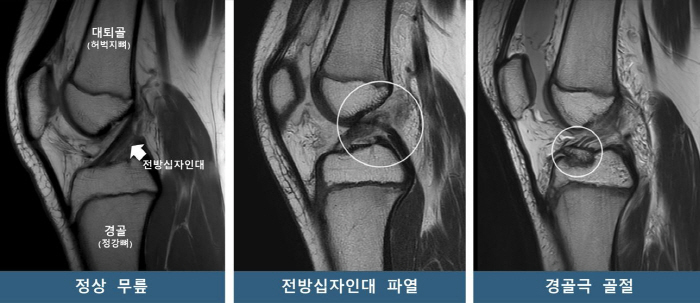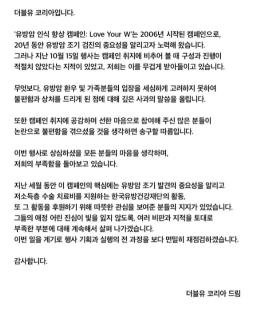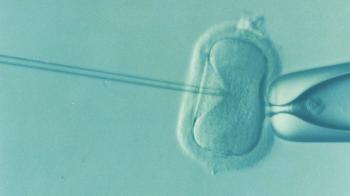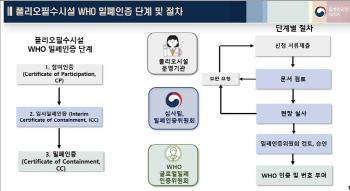Children and adolescents' knees are different depending on their natural shape
Aug 06, 2025
|
Children and adolescents are immature in bone and muscle development and are vulnerable to sports damage. In particular, ' anterior cruciate ligament rupture' and 'tibial fracture' are typical knee injuries that are likely to occur in children and adolescents. Even with the same trauma, some patients rupture the cruciate ligament and others develop tibia fractures, and the cause of these different damages is unclear.
|
The research team classified 53 children and adolescents into ▲ anterior cruciate ligament rupture group ▲ tibia pole fracture group ▲ control group (normal knee) and matched age and gender. Subsequently, 14 anatomical indicators were analyzed based on the reconstructed 3D images of the MRI.
As a result, the two knee injury group had a significantly higher 'articular surface slope' than the control group. According to statistical analysis, the higher the slope, the 1.42 and 1.33 times the risk of anterior cruciate ligament rupture and tibia pole fracture, respectively, and this value was identified as a risk factor for major knee damage in children and adolescents.
On the other hand, there was a significant association only in the anterior cruciate ligament rupture group with 'the width of the femoral and hepatic fractures (space between the knee bones). In particular, the wider the width, the lower the risk of rupture was confirmed.
The research team explained that the steeper the slope of the outer joint surface of the tibia causes the femur (thigh bone) to rotate outward when the knee is weighed, resulting in overloading of the anterior cruciate ligament, which can lead to rupture or tibia pole fracture. In addition, it was revealed that if the femoral and liver fractures are wide, the risk of rupture tends to be lower because the anterior cruciate ligament collides less with the femur.
An additional analysis of the distribution of risk factors revealed that 1 in 2 patients (52%) experienced an anterior cruciate ligament rupture, with 'articular surface slope > 3.2 degrees, and femoral and hepatic fracture width ≤ 24%'. This shows the possibility of screening children and adolescents who are more vulnerable to knee injury.
The research team emphasized that this result could be an important basis for customized treatment and management, such as controlling the activities of adolescent athletes in the future or designing early prevention programs.
Professor Shin Chang-ho (Children's Orthopedic Surgery) said, "This is the world's first study to accurately compare and analyze anatomical differences between anterior cruciate ligament rupture and tibia pole fracture using MRI. Children with open growth plates can correct their knee structure relatively easily through surgery, and it is expected that follow-up studies to explore the possibility of preventing knee damage through surgery will be possible based on the results of this study."
Meanwhile, the findings were published in the recent issue of The American Journal of Sports Medicine.
|
This article was translated by Naver AI translator.
















